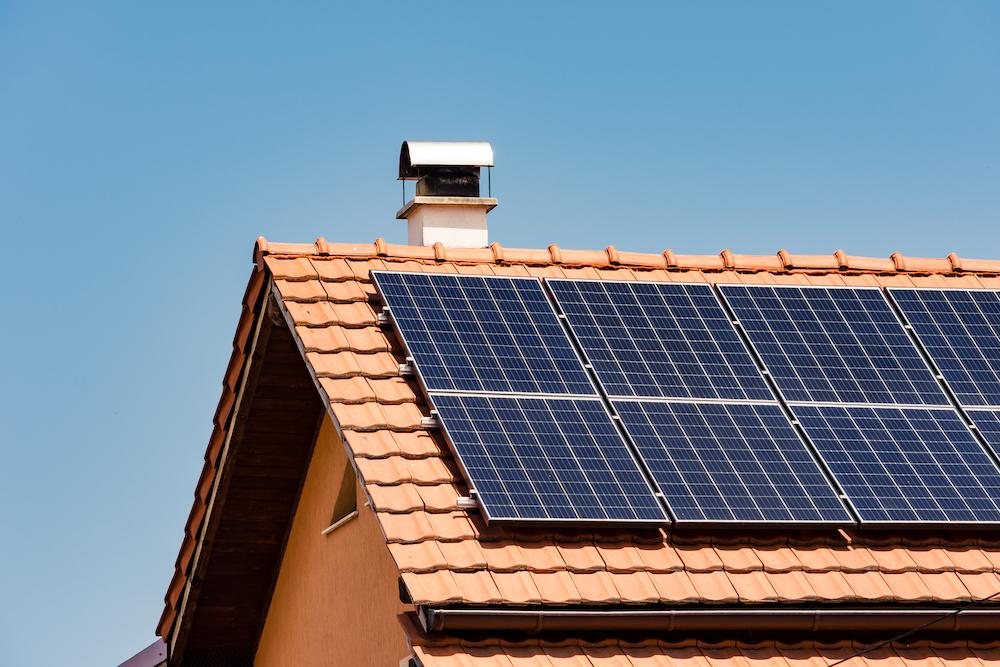Choosing the Right Solar Panels for Your Home in 2025
As solar energy becomes more mainstream, selecting the right solar panels for your home in 2025 is key to maximizing efficiency, savings, and long-term value. With constant advancements in solar technology and an increasing focus on sustainability, homeowners have more options than ever to tailor solar solutions to their specific needs.
1. Assess Your Energy Needs
Start by reviewing your household’s average energy consumption from past utility bills. Factor in any future energy needs, like adding electric vehicles or new appliances, to ensure your solar system can handle potential increases in usage. Online solar calculators can help estimate how many panels you’ll need based on your location and energy habits.
2. Compare Different Types of Solar Panels
Monocrystalline Solar Panels – Known for their high efficiency (18%–23%) and sleek black design, they’re perfect for homes with limited roof space but come at a higher cost.
Polycrystalline Solar Panels – Offering moderate efficiency (15%–17%) at a lower price point, these are ideal for homeowners seeking a balance between performance and budget.
Thin-Film Solar Panels – Lightweight and flexible with 10%–13% efficiency, these panels are suitable for large rooftops or unconventional surfaces but require more space.
3. Consider Efficiency and Performance
Higher efficiency means more power in less space. Look for advanced features like bifacial cells, PERC (Passivated Emitter Rear Cell) technology, and panels with low temperature coefficients for better performance in varying climates. Also, check how panels perform under low-light conditions and their expected energy yield over time.
4. Review Durability and Warranty
Solar panels are a long-term investment. Opt for panels that come with at least a 25-year performance warranty and are certified for durability against extreme weather conditions like heavy snow, wind, and hail. A strong warranty reflects the manufacturer’s confidence in the product’s longevity.
5. Analyze Costs and Available Incentives
While solar panel costs vary by brand and type, government incentives can significantly reduce overall expenses. In 2025, many regions still offer tax credits, rebates, and financing programs that make solar more affordable. Research local and federal incentives to maximize your savings.
6. Choose a Reliable Installer
The quality of your installation impacts your solar system’s performance. Select a certified installer with strong reviews and a proven track record. Don’t hesitate to request multiple quotes, check references, and confirm any certifications relevant to your region.
7. Plan for Monitoring and Maintenance
Modern solar systems come with user-friendly monitoring tools that track real-time energy production and system health. Though solar panels require minimal maintenance, occasional cleaning and annual inspections help ensure they operate at peak efficiency.
Final Thoughts
Choosing the right solar panels in 2025 involves evaluating energy needs, budget, panel efficiency, and long-term benefits. With careful planning and the right setup, you can reduce energy bills, increase your home’s value, and contribute to a greener future. Consult local experts, explore available incentives, and take the first step toward energy independence today.



